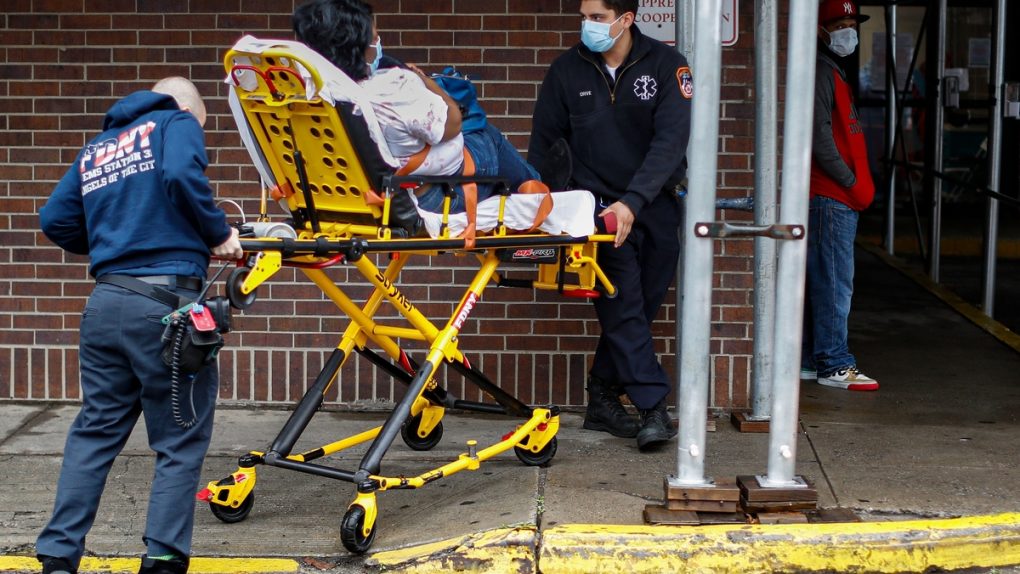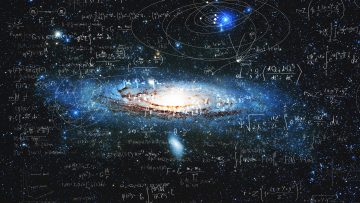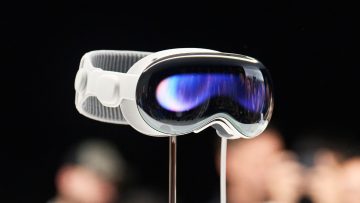- Doctors from Cedars-Sinai treating severe COVID-19 cases used a therapy that’s usually reserved for muscular dystrophy patients.
- The team gave patients cells grown from human heart tissues, helping them get off ventilators. Four of the six coronavirus patients who received the therapy were later discharged.
- This is likely stem-cell therapy, considering previous work from the doctors, and echoes recent findings from a team at Mount Sinai, New York.
- Visit BGR’s homepage for more stories.
The novel coronavirus can’t be killed or stopped with the current drugs that we have, the WHO said earlier this week. Dr. Anthony Fauci said separately that it’s virtually impossible to eradicate the virus. But there are plenty of therapies that can be used to reduce the severity of COVID-19 and shorten the recovery period.
The WHO is studying four or five of the best drugs for the new illness, but there are plenty of new lines of therapy that are discovered on a regular basis. The latest one consists of a treatment that’s usually given to Duchenne muscular dystrophy patients.
Cedars-Sinai doctors have given six patients an experimental treatment consisting of cells grown from human heart tissues, according to ABC7. This therapy improved the overall condition of all patients, each of whom were critically ill before the Hail Mary treatment was administered. Four of them have come off ventilators and were discharged, while the other two are still in the hospital, but they’re alive.
Dr. Eduardo Marban and his colleagues were using the treatment for muscular dystrophy patients with heart failure before considering it for COVID-19. The novel coronavirus can do severe damage to the heart, and that may have been the reason why the doctors attempted this novel therapy.
This can only be considered anecdotal evidence at best, but the doctors are hoping that the FDA can approve a more extensive study that can evaluate the benefits of the therapy. The doctors have additional doses available in the freezer for the research.
“Cells grown from human heart tissues” sound a lot like stem cells, although the report doesn’t refer to them as such. This wouldn’t be the first time that stem cell use would prove to be helpful in COVID-19 cases. A few weeks ago, doctors from Mount Sinai reported they’ve treated 12 patients using stem cells derived from bone marrow, and the therapy allowed 10 of them to come off ventilators. Those physicians also noted that further study is required.
Marban and his colleagues detailed the benefits of injections of cardiac progenitor cells (cardiosphere-derived cells or CDCs) for patients with muscular dystrophy in February 2018. Cardiosphere-derived cells are stem cells derived from cardiac tissue.
“We unexpectedly found that treating the heart made the whole body better,” Marban said at the time. “These basic findings, which have already been translated to clinical trials, rationalize why treating the heart may also benefit skeletal muscle function in boys and young men with Duchenne.”
The study showed the stem cells acted not just on the heart tissue, but also on skeletal muscle, and that the benefits persisted. “We found that within a few weeks, the injected cells were undetectable,” Marban said, “but the benefits persisted for at least three months, which led us to discover that exosomes secreted by CDCs are responsible.”
The same type of therapy was likely used to treat COVID-19 patients.








